Breaking Bad Throwaway Episode Is More Revealing Than You Think
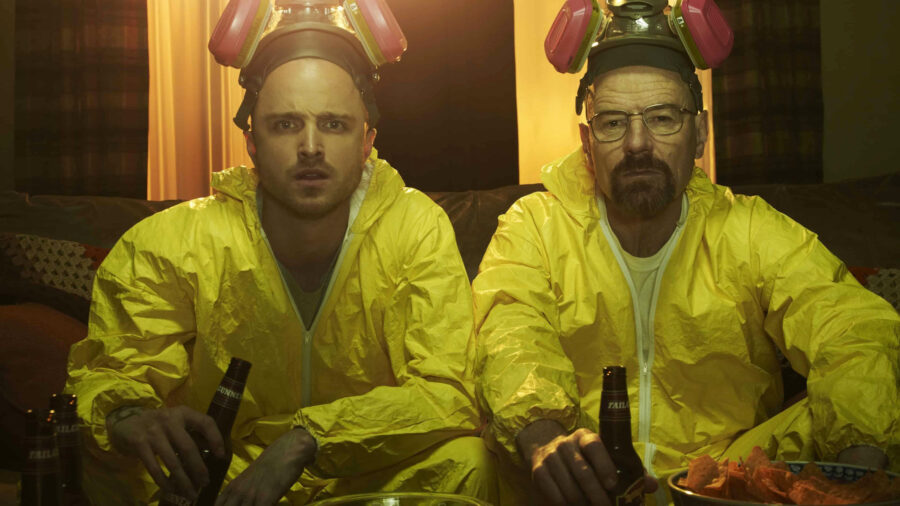
To this day, Breaking Bad is one of the best television series to ever have been beamed into our living rooms, and for good reason. As relentless as the series’ pacing may have been from the beginning, it’s the quiet moments found in unassuming places that fully explore the psychological makeup of our favorite aspiring drug kingpin, Walter White. While Breaking Bad’s season 3 episode entitled “Fly” may seem like a complete throwaway episode, Bryan Cranston’s portrayal of a man wracked with guilt over the double life he’s been living up to this point makes for a profound viewing experience when you consider the depths of Walter White’s neurosis after making a series of ill-fated decisions.
A Fly On The Wall Kind Of Experience
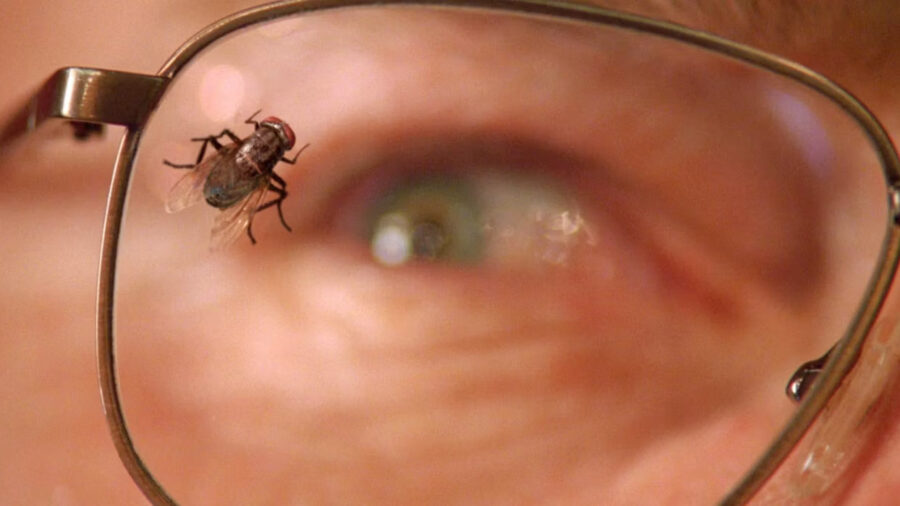
I’m not trying to be cute or coy when I suggest that Breaking Bad’s “Fly” gives viewers a total fly-on-the-wall experience as they watch the events unfold in Gustavo Fring’s (Giancarlo Esposito) state-of-the-art drug manufacturing facility, but it’s the only way I can describe this episode.
After becoming plagued with insomnia, Walter White becomes obsessed with a literal fly on the wall that he decides needs to die before he starts cooking up a new batch for his industrious, enterprising, and frightening boss. Feeling somewhat responsible for the death of Jane (Krysten Ritter), Jesse Pinkman’s (Aaron Paul) girlfriend, Walt isolates himself and fixates on the fly as a way to cope with his unraveling mental state. Feeling that he’s in too deep, even after raising more than enough money for his family should he have died of lung cancer like he originally thought, Walt slowly loses his mind after operating hours and needs a singular task to focus on to clear his conscience.
Die Fly, Die!
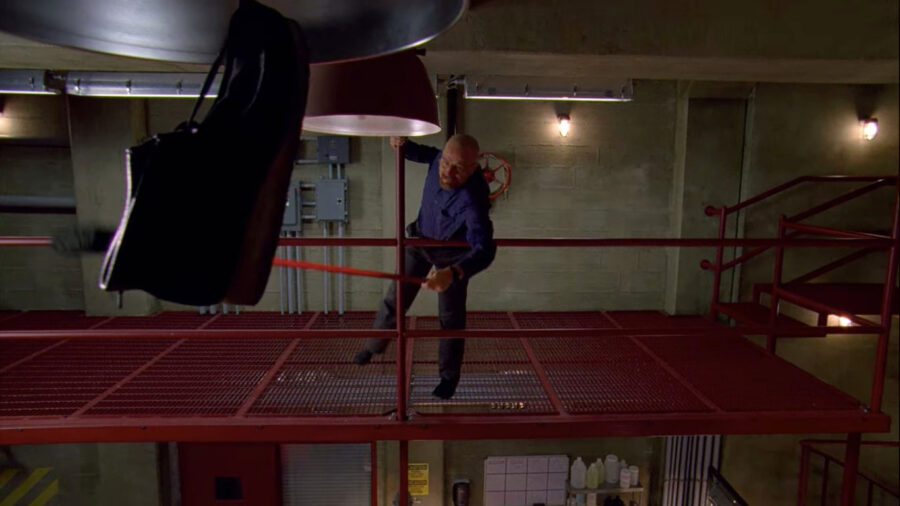
While Breaking Bad’s “Fly” is a somewhat comical episode that reminds me of Beavis and Butt-Head’s “Die Fly, Die!” in the first act, the episode quickly takes a dark turn as Walt considers telling Jesse that he was present when Jane passed away, and that he could have helped her but decided against it. Perplexed by Walt’s behavior, Jesse yields to his obsession, and the two characters have heartfelt discussions about their lives, and how they wish things turned out differently, all while trying to capture and kill a housefly. This only happens after Walt locks Jesse out of the lab, causing Jesse to turn off the power so Walt has to let him back inside.
Less Is More
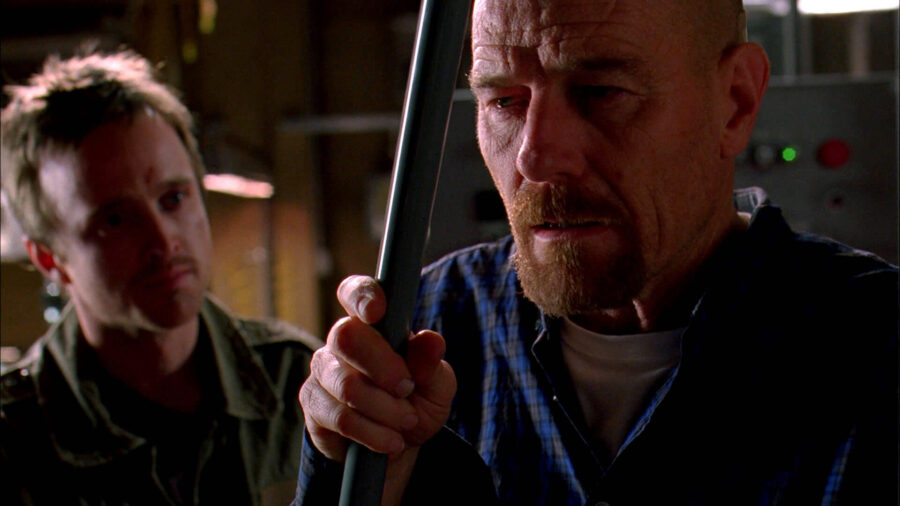
Over the course of 47 very tense minutes, Breaking Bad‘s “Fly” gives its viewers an alarming amount of insight into the mind of Walter White at this point in his fall from grace. The claustrophobic setting allows Walt and Jesse to better understand each other while also revealing how many secrets they’re keeping from each other. Walt hints to Jesse that he knows he’s been skimming product from the top for his own personal distribution and gives him fair warning without being too menacing, but mostly focuses on his own internal guilt that he’s carrying because of how he handled the Jane situation.
Bottle Episodes Are Important Too
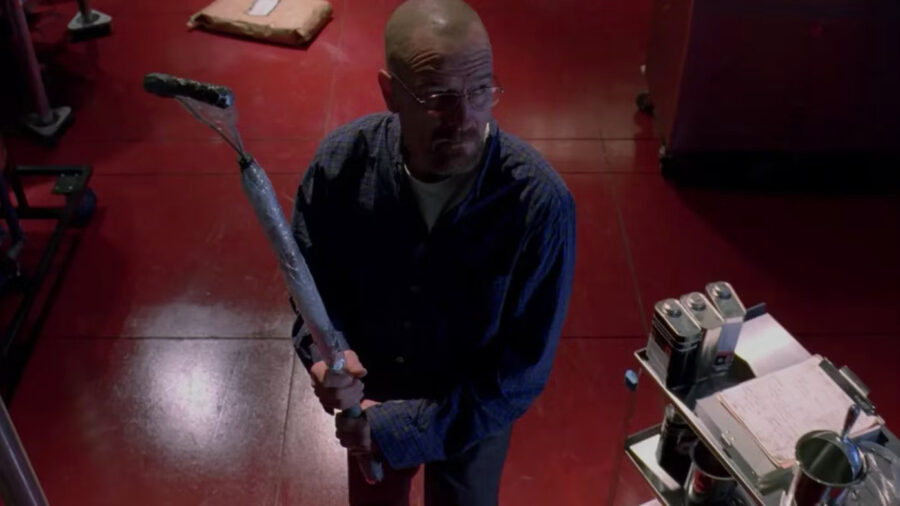
Speaking about how this Breaking Bad episode came to be, series creator Vince Gilligan has gone on record stating that “Fly” was created out of necessity because of budgetary restrictions. By focusing on only two characters in a single setting, episode scribes Sam Catlin and Moira Wally-Beckett decided that this bottle episode could move the story forward by taking a closer look at Walt and Jesse’s relationship during this phase of their drug empire building odyssey. Though their partnership had already crossed over into adversarial territory as their separate interests became more clear, “Fly” slows things down and adds some humanity to the story by revealing how much Jesse looks up to, and cares about Walt, who unfortunately is the father figure he needed early on in the series.
Nothing Happens So Everything Can Happen
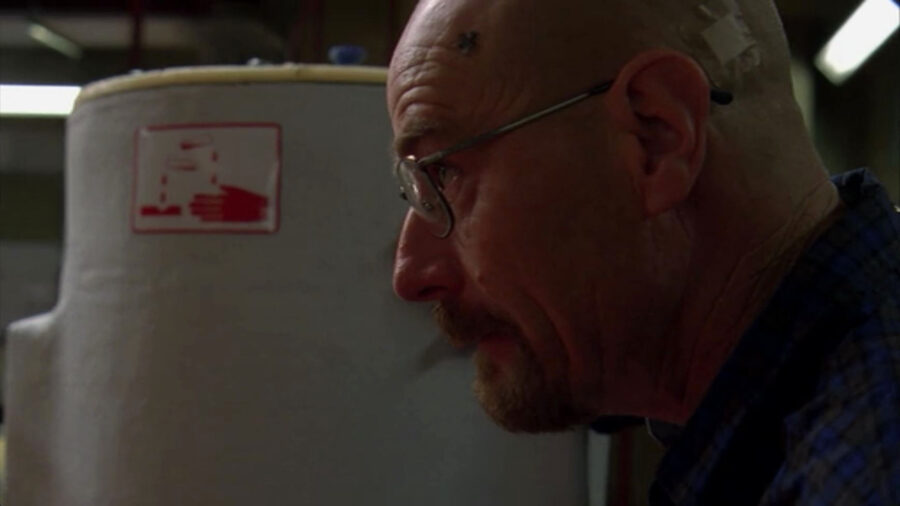
Breaking Bad uses “Fly” to show you how even geniuses like Walter White need to occasionally slow down every once in a while and think about their next moves. Given how many lies the man behind Heisenberg had to keep straight, it’s no wonder that his head was spinning, which required him to pump the brakes for a second. Using a literal fly as the narrative vehicle for this episode may have been out of necessity, but reveals more about Walter White’s thought process than any other episode, making it a brilliant installment in the series.












